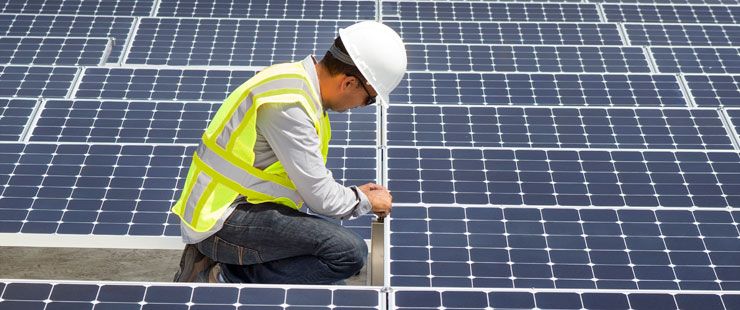Canada‘s renewable energy accounted for approximately 66% of total electricity generation in 2020.
Canada’s total installed electricity generation capacity is approximately 145 GW in 2017 (the most recent figure available).
According to the commerce.gov, the latter figure is projected to reach 170 GW in 2035.
The total electricity generated in Canada 2020 was 635.6 TWH, with a stable demand just 0.8% lower than the previous year, despite the impact of Covid-19.
The slowdown in some manufacturing and service segments was likely offset by increased consumer demand.
Canada is among the top countries in the world that rely primarily on clean hydropower.
In 2020, the composition of electricity generation was hydroelectric 60%, nuclear 14.6%, coal 12.7%, natural gas 6.6% and renewables wind 5.7% and solar 0.4 percent.
Hydro and wind gained another 1% or so.
Other sources such as geothermal, tidal waves, etc. they contributed less than 0.2 percent.
Renewable energy
Coal-based power generation has been phased out in Ontario and Quebec.
Also, according to the Commerce Department, the British Columbia, Manitoba, Newfoundland and Labrador, Prince Edward Island and Yukon systems depend on hydroelectric power for 89-95% of power generation.
Alberta and Saskatchewan are the only provinces that rely primarily on fossil fuels (over 83% of generation).
Foreign trade
Canada’s exports have always reflected the country’s large endowment of natural resources.
While Canada’s exports have diversified over time, commodities remain a significant part of Canada’s exports.
In 2019, energy products accounted for 19.2% of Canada’s merchandise exports, followed by motor vehicles and parts with 15.6% and consumer goods with 11.9%. Together, these components represented 46.7% of total merchandise exports in 2019.
Canada and the United States are each other’s most important trading partners, reflecting the two countries’ physical proximity and their close economic and financial relationship.
In 2019, trade with the United States accounted for 74.5% of the value of Canada’s merchandise exports and 63.9% of the value of Canada’s merchandise imports.
Wind power
According to the United States Census Bureau, trade with Canada accounted for 17.8% of the United States‘ exports and 12.8% of its imports in 2019.
Canada is one of the world’s leading countries using renewable energy: hydroelectric, wind, solar, biomass, along with significant advances in geothermal and marine energy.
Renewable energy accounted for approximately 66% of total electricity generation in 2020.
According to the Energy Regulator of Canada (CER), renewables such as wind, biomass, geothermal and solar are projected to reach 12% of total power generation by 2035.
Canada ranks as the second leading renewable energy market in the United States, after Mexico.
Wind power is Canada’s second largest renewable energy source (after hydro).
Installed wind power capacity increased during the last three years by an average of approximately 4.5% per year and reached 13,413 MW at the end of 2019.
![]()

